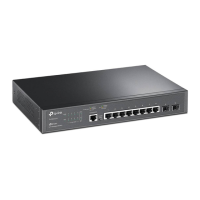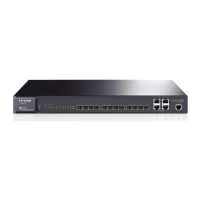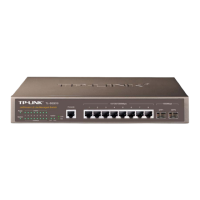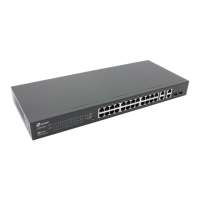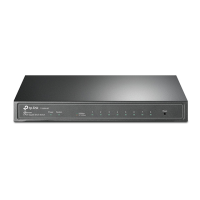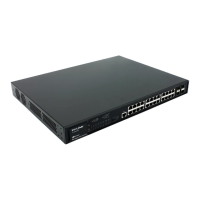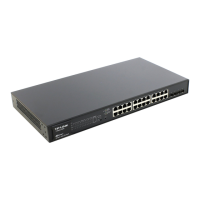136
for the fields given in the figure will be used throughout this document to refer to the fields in DHCP
messages.
Figure 9-3 The Format of DHCP Message
1) op:Message type, ‘1’ = BOOT-REQUEST, ‘2’ = BOOT-R E P LY.
2) htype:Hardware address type, '1' for ethernet.
3) hlen:Hardware address length, '6' for ethernet.
4) hops:Clients set this field to zero and broadcast the DHCP-REQUEST message, optionally
used by relay-agents when booting via a relay-agent.
5) xid:Transaction ID, a random number chosen by the client, used by the client and server to
associate messages.
6) secs:Filled in by client, seconds elapsed since client started trying to boot.
7) flags:A client that cannot receive unicast IP datagrams until its protocol software has been
configured with an IP address should set the first bit in the 'flags' field to 1 in any
DHCP-DISCOVER or DHCP-REQUEST message that client sends. A client that can receive
unicast IP datagrams before its protocol software has been configured should clear the first bit
to 0. A server or relay agent sending or relaying a DHCP message directly to a DHCP client
should examine the first bit in the 'flags' field. If this bit is set to 1, the DHCP message should
be sent as an IP broadcast and if the bit is cleared to 0, the message should be sent as an IP
unicast. The remaining bits of the flags field are reserved for future use and must be set to
zero by clients and ignored by servers and relay agents.
8) ciaddr:Client IP address, filled in by client in DHCPREQUEST when verifying previously
allocated configuration parameters.
9) yiaddr:'your' (client) IP address, configuration parameters allocated to the client by DHCP
server.
10) siaddr:IP address of next server to use in bootstrap, returned in DHCPOFFER, DHCPACK
and DHCPNAK by server.
11) giaddr:Relay agent IP address, used in booting via a relay-agent.
12) chaddr:Client hardware address.
13) sname:Optional server host name, null terminated string.
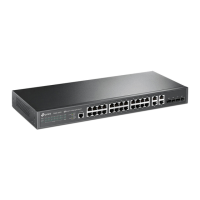
